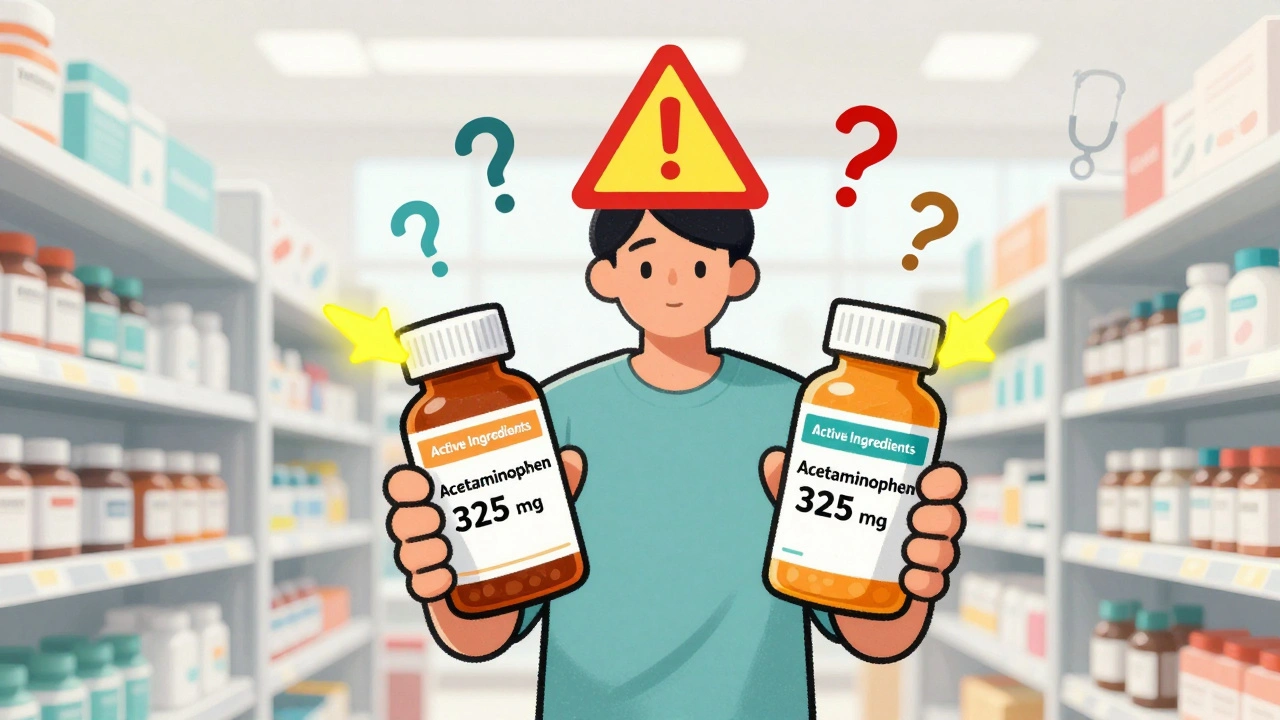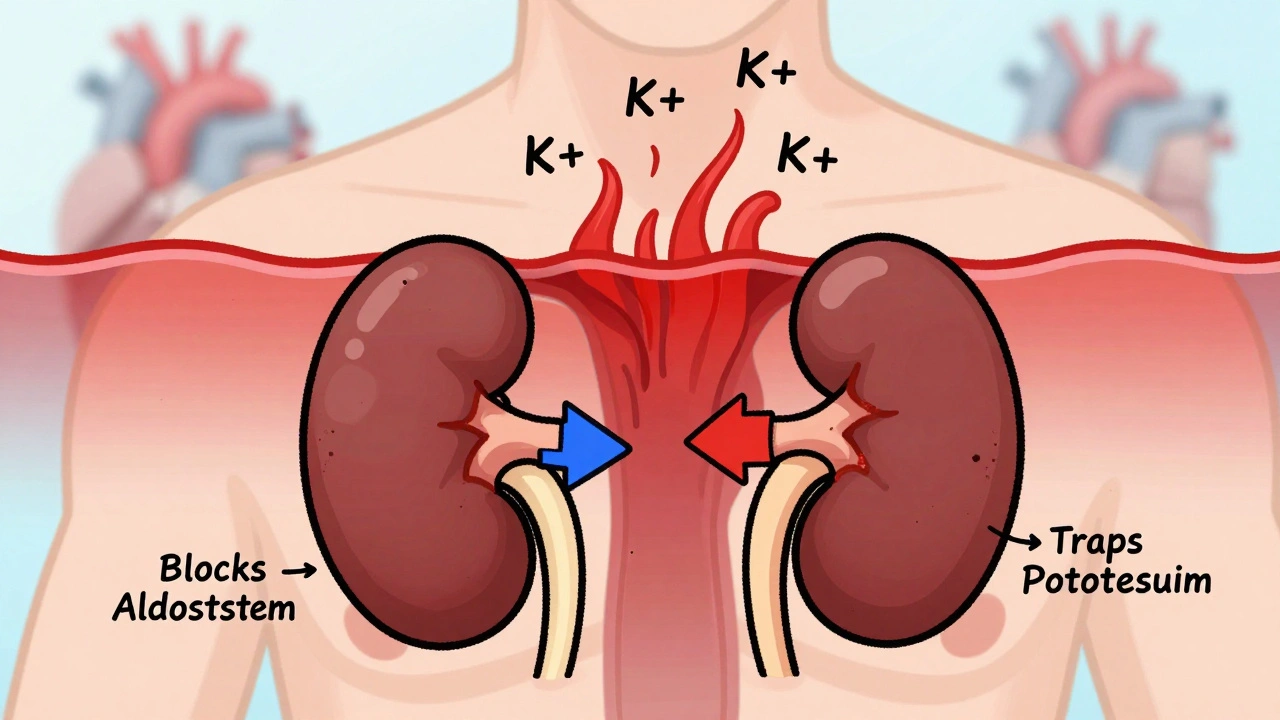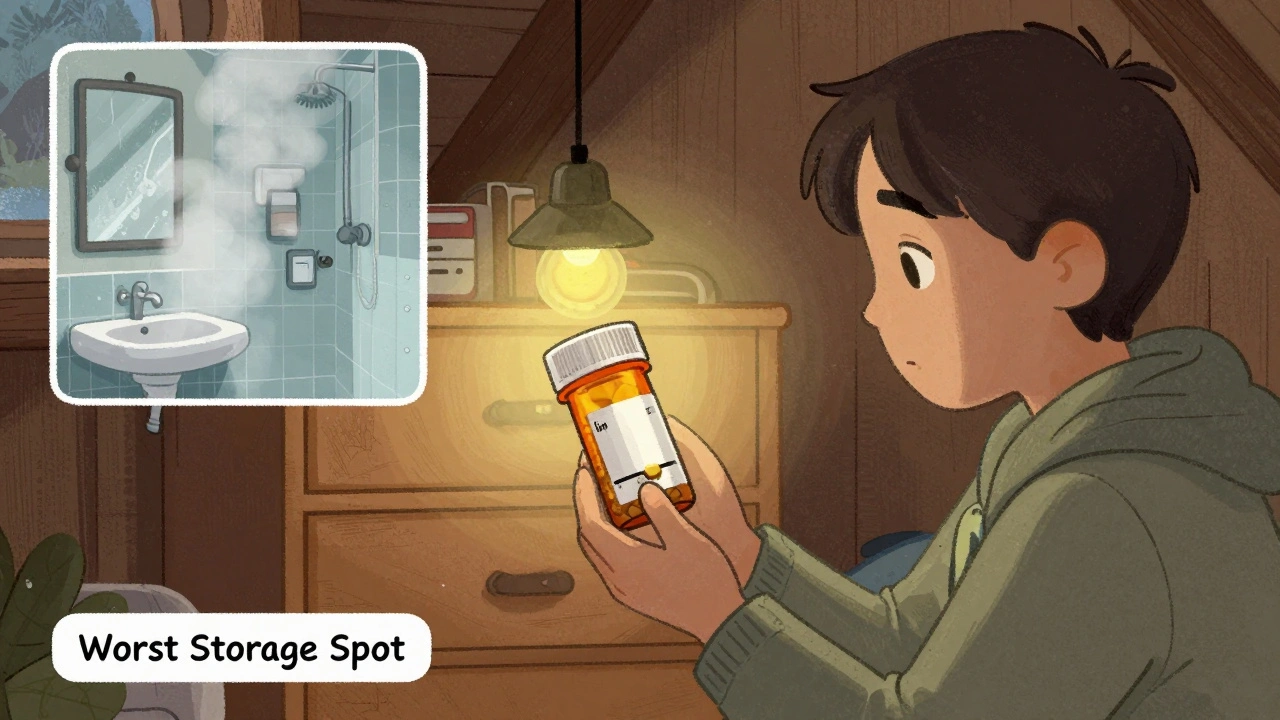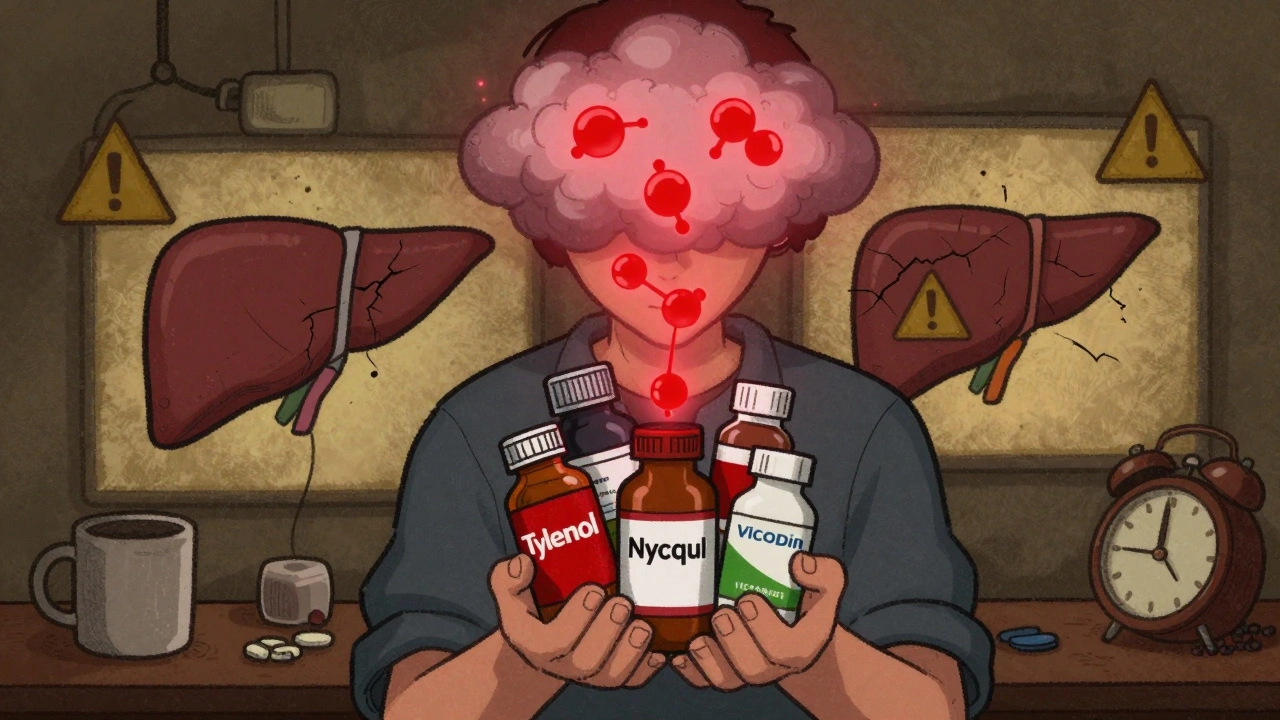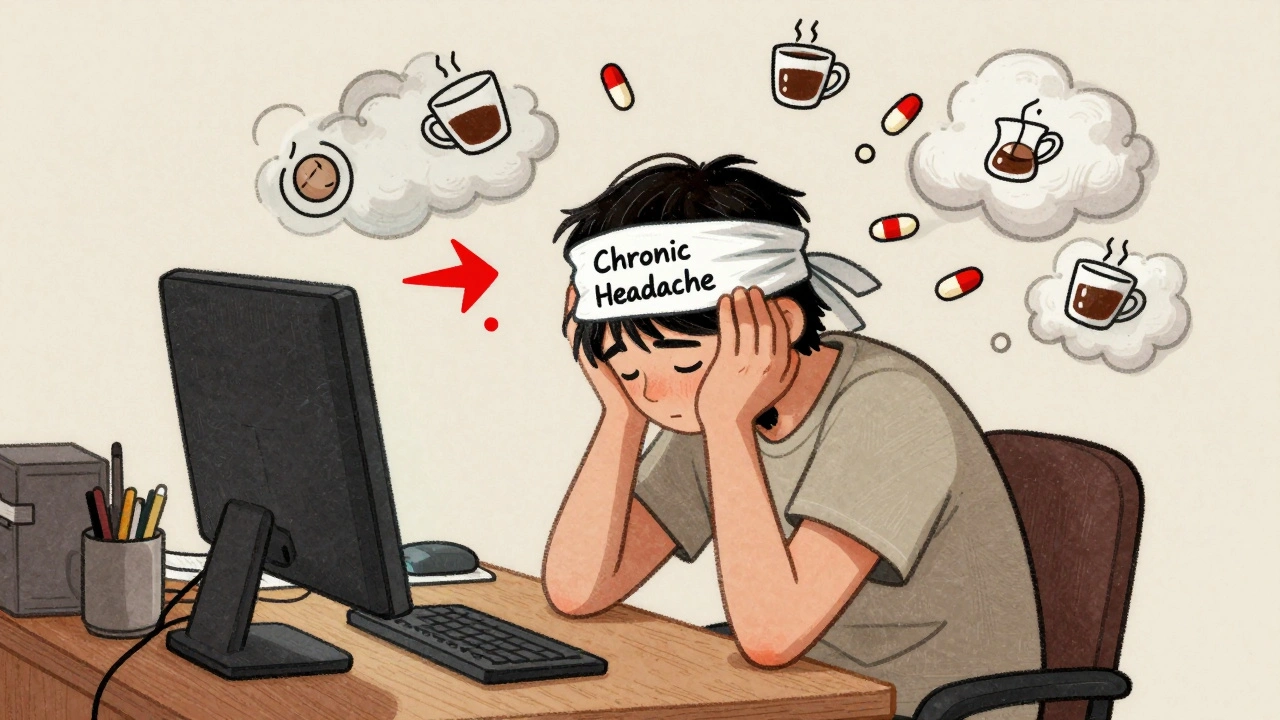HBV and Cancer: Understanding the Link and Managing Risk
When exploring HBV and cancer, the relationship between chronic hepatitis B infection and the development of liver malignancies. Also known as HBV‑related hepatocellular carcinoma, it poses a major global health challenge.
At the heart of this issue is the Hepatitis B virus, a DNA virus that infects liver cells and can persist for decades. When the virus stays active, it triggers inflammation, cirrhosis, and DNA damage that set the stage for Liver cancer, specifically hepatocellular carcinoma, the most common primary liver tumor worldwide. This chain of events is a classic example of Oncogenesis, the process by which normal cells transform into cancer cells due to viral‑induced genetic mutations and immune‑mediated injury.
Why Antiviral Therapy Matters
One of the most effective ways to break the HBV‑cancer cycle is Antiviral therapy, treatment with nucleos(t)ide analogues that suppress viral replication. By lowering the viral load, these drugs reduce liver inflammation and the likelihood of DNA errors that lead to cancer. Studies show that patients on long‑term antivirals have up to a 70% lower risk of developing hepatocellular carcinoma compared with untreated individuals. The key attributes of successful therapy are high barrier to resistance, good safety profile, and adherence support.
But not every HBV carrier needs medication. Risk assessment hinges on factors such as age, liver fibrosis stage, viral load, and family history of liver cancer. Younger patients with low viral loads may simply be monitored, while those with cirrhosis or high HBV DNA levels are candidates for immediate treatment. This nuanced approach underscores the importance of regular screening and personalized care.
Beyond antivirals, lifestyle choices play a supportive role. Reducing alcohol intake, maintaining a healthy weight, and avoiding aflatoxin exposure all lessen liver stress. Vaccination remains the primary prevention tool: newborns and high‑risk adults who receive the HBV vaccine essentially eliminate the future risk of HBV‑related cancer.
From a public‑health perspective, the link between HBV and cancer drives screening programs in high‑prevalence regions. Ultrasound and alpha‑fetoprotein (AFP) testing are standard tools for early tumor detection. When cancer is caught early, surgical resection or loco‑regional therapies can achieve cure rates above 50%, a stark contrast to the bleak outlook for late‑stage disease.
Understanding the biology behind HBV‑induced oncogenesis also opens doors for new therapies. Researchers are exploring immune checkpoint inhibitors, therapeutic vaccines, and gene‑editing approaches that target viral DNA within liver cells. While many of these strategies are still experimental, they illustrate how a deeper grasp of the virus‑cancer connection fuels innovation.
In short, the relationship between HBV and cancer is a multi‑step process that blends virology, immunology, and oncology. It starts with chronic infection, moves through sustained inflammation and genetic damage, and can end in a life‑threatening tumor if unchecked. Yet the story isn’t hopeless—antiviral drugs, vaccination, lifestyle changes, and vigilant screening together form a robust defense.
Below you’ll find a curated selection of articles that break down each part of this puzzle. From the science of viral oncogenesis to practical guides on choosing the right antiviral regimen, the posts give you actionable insight you can use today. Dive in and discover how to protect yourself and stay ahead of HBV‑related cancer risks.

How Chronic Hepatitis B Leads to Liver Cancer - Risks & Prevention
Explore how chronic hepatitis B drives liver cancer, learn the key risk factors, screening methods, treatment options, and preventive steps to protect your liver.

